PORT-AU-PRINCE — The kids saw her at the bottom of a ravine. She was sitting still. Not moving. She had been there for a while and looked weak. One of our volunteer staff, a gentle giant named Bob Thibodeau, walked down and studied her, and when he determined she needed help, he picked her up and she made a plaintive, bleating noise.
“Byyyahhhh.”
Thus began the saga of The Struggling Goat. It is a mark of our kids’ innate sense of compassion that any animal which finds its way into the orphanage is quickly adopted, cared for, and overseen every waking hour.
The Struggling Goat was no exception.
“We thought it was maybe dehydrated, or constipated or something,” said Amy Thibodeau, Bob’s wife. So they set out a bowl of water and eventually got — not making this up — a small suppository, which they put, well, you know where suppositories go.
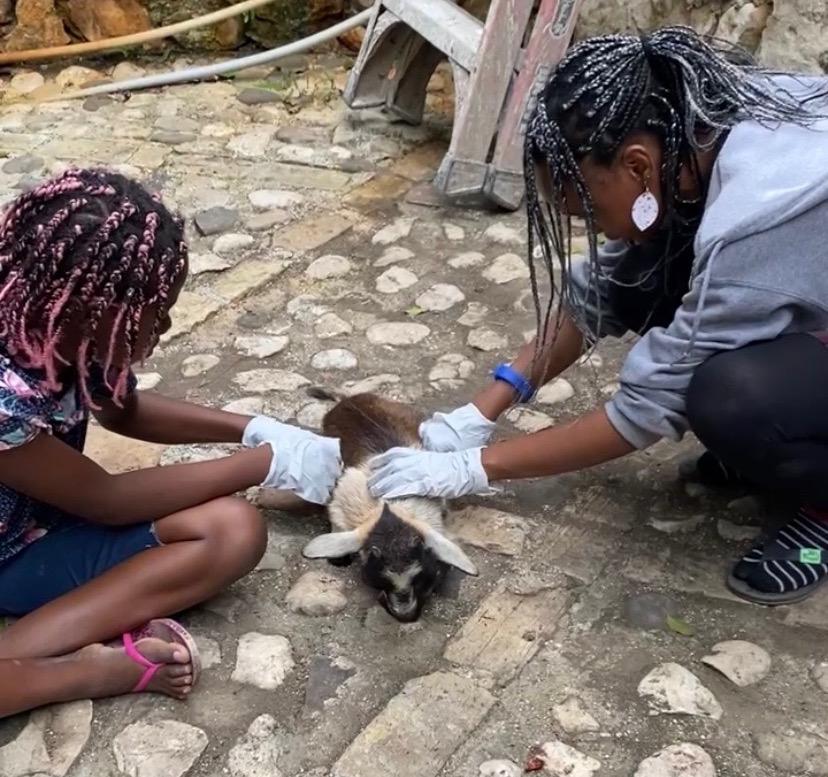 |
And for the next few days, the goat seemed to improve. So much so that the kids gave her a name — “Boberta’’ — and took turns fussing over her. One of our teenaged girls, Junie-Anna, who hopes one day to be a veterinarian, took particular interest. She sat with the goat, studied it, cooed at it, changed its water and its food.
“How is the goat doing today?” I’d ask each morning.
“Better,” she’d say.
Goats are friends, and food
Most kids love pets. So a goat’s warm welcome should not be a surprise. But in the shadow of the immense poverty that plagues this country, watching orphaned children care for an animal is particularly inspiring.
Not that animals are rare here. There are creatures all around the orphanage. Small lizards and geckos are omnipresent. Stray cats appear on the walls. Roosters crow. Chickens squawk. The occasional bat or rat flashes across the property.
Goats are commonplace in Haiti. You’ll see them walking trash piles around Port-au-Prince. In rural households it’s not uncommon to have two or three at a time. Yes, goats are easy upkeep as they will eat almost anything. And their milk is valuable.
But the true value of goats is as a source of food. Goat is a common dish here, and a beloved one by many Haitians. So you might think children would avoid bonding with a creature who might soon become dinner.
But kids will be kids
With (baby goat) kids.
And we have no edible designs on that animal. We only want to see it get better.
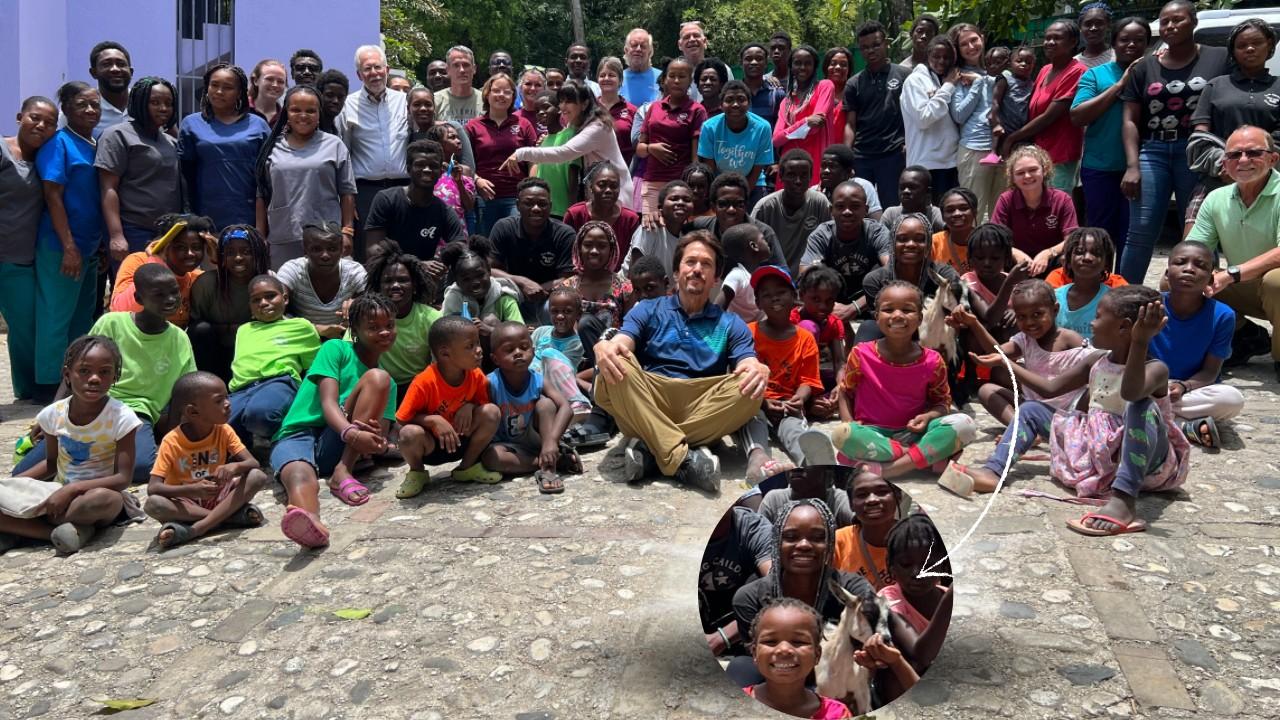 |
A welcoming crowd
The Struggling Goat has continued to battle. Recently it seemed quite weak and the kids worried it might not make it. But this morning, Boberta seemed to respond to its food, including celery and mango, as well as some sugar water.
Meanwhile the kids root, observe and, most importantly, nurture. And here is the point I want to make in this entry. It would be easy for kids who have been abandoned or sent away to exhibit those same tendencies to others. Why be kind when kindness wasn’t shown to you? Why extend when extending leaves you hurt? Do unto others as has been done unto you, right?
Instead it appears quite the opposite. Our kids are the most welcoming children I have ever been around. Whether it is group of adult visitors, a new young arrival, or children from the outside who come in with their parents, our kids swarm, ask questions, take hands, invite them in.
And with innocent animals, their warmth brings tears to the eyes.
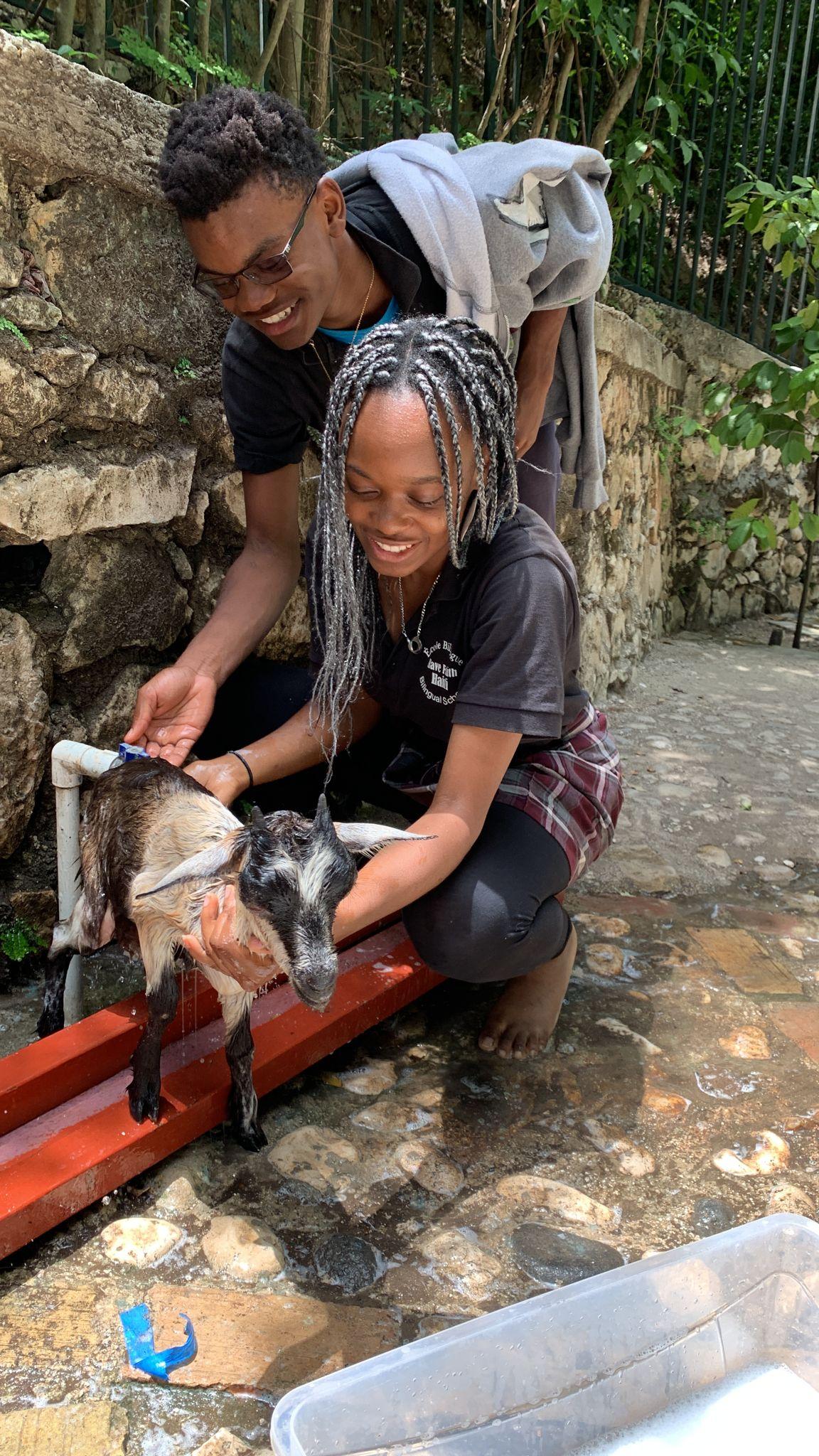
Boberta gets a bath. |
To be kind to all creatures — human and otherwise — is a noble thing to teach children. But honestly, we don’t have to teach it. Maybe because our kids know what it’s like to feel alone, to be left behind, to battle to survive — maybe that’s why they almost ooze empathy and compassion.
Tomorrow it might be a wounded bird. Or a three-legged dog. Today it’s Boberta in a makeshift pen, beside bowls of food and water, with countless petting hands to give it comfort. Say what you will about goats. Watching that “kid” being cared for by our kids is one of the finest pleasures an adult can ask to witness.
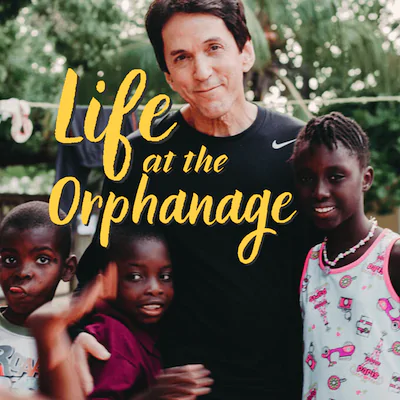
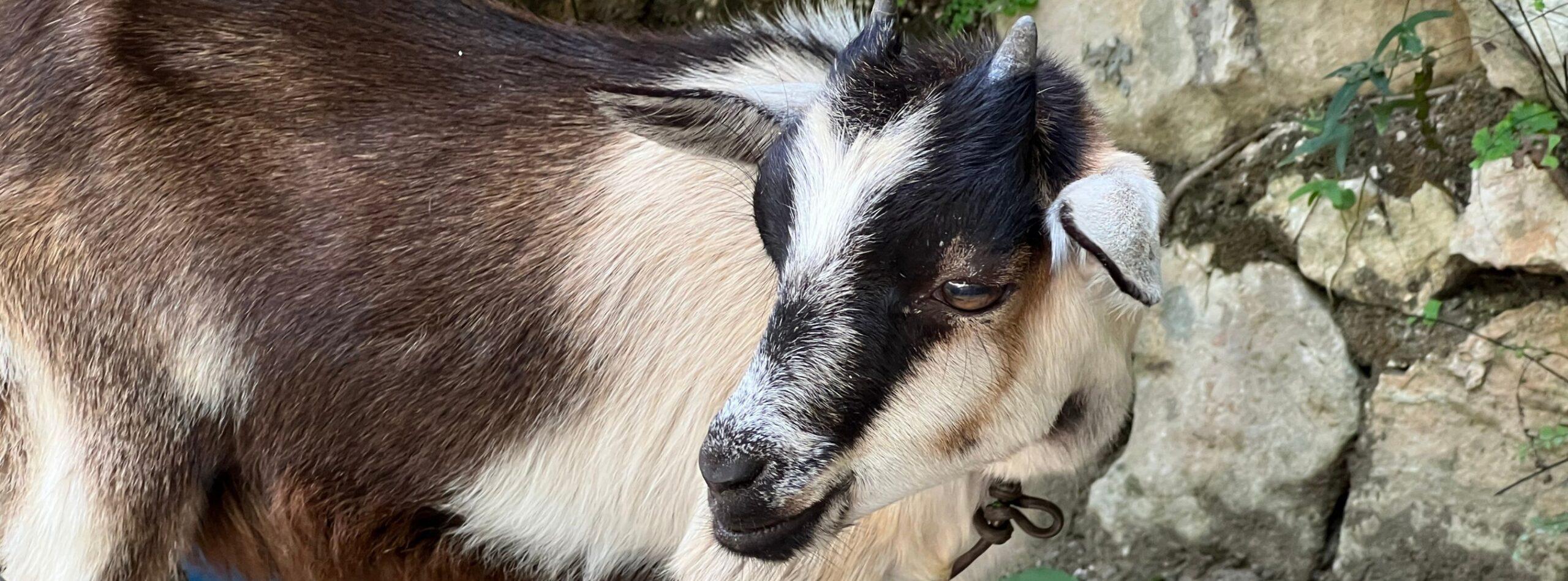

 Join a community of monthly donors
Join a community of monthly donors
0 Comments